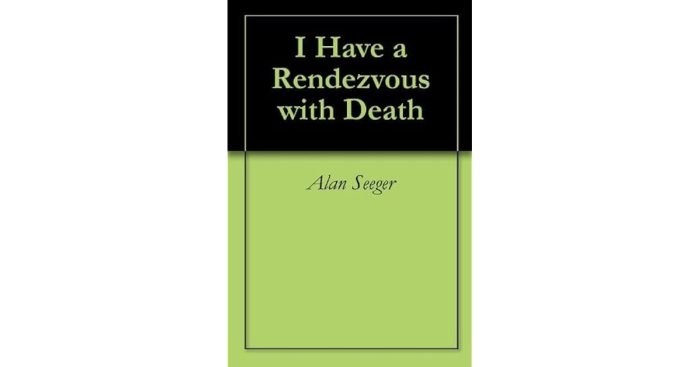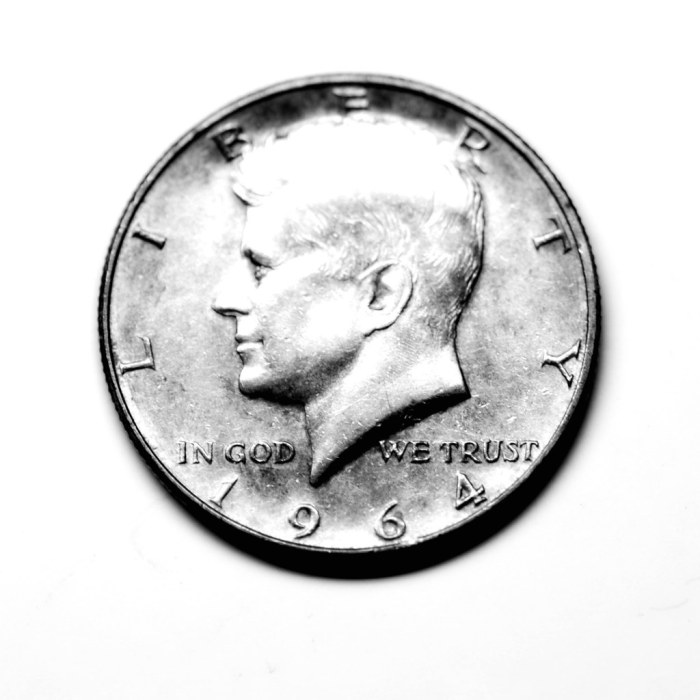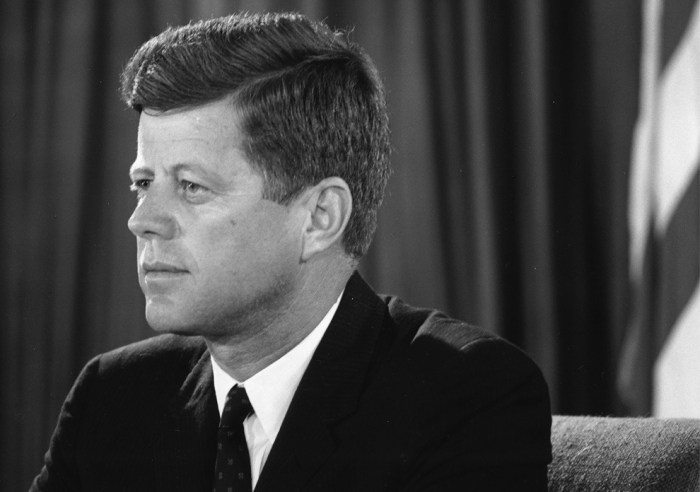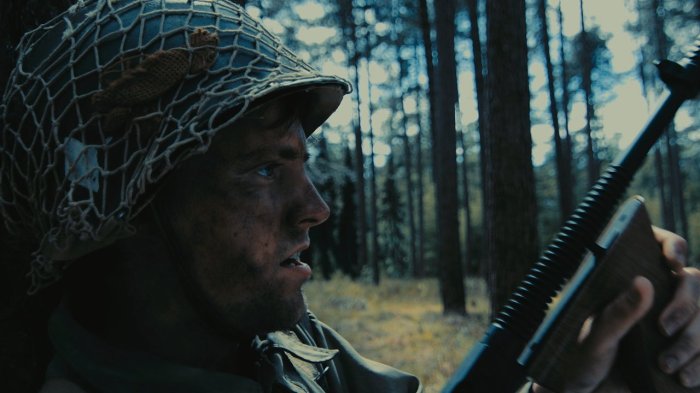I have a rendezvous with death analysis – In Alan Seeger’s poignant masterpiece, “I Have a Rendezvous with Death,” the inevitability of mortality intertwines with the indomitable spirit of courage, creating a profound meditation on the human condition. This literary analysis delves into the poem’s structure, imagery, and symbolism, unraveling its multifaceted meanings and enduring significance.
The poem’s intricate structure, masterful use of literary devices, and evocative imagery transport readers into a realm where the boundaries between life and death blur, revealing the profound complexities of human existence.
Overview

Alan Seeger’s poem “I Have a Rendezvous with Death” is a powerful and poignant meditation on mortality, courage, and the inevitability of death. Written in 1916 during World War I, the poem captures the speaker’s anticipation of his own death and his determination to face it with courage and grace.
The poem’s historical context is crucial to understanding its meaning. Seeger was a young American poet who volunteered to fight in the French Foreign Legion during World War I. He was killed in action at the Battle of the Somme in 1916, just a few days after writing “I Have a Rendezvous with Death.”
The poem’s themes are universal and timeless. It speaks to the human experience of mortality, the fear of death, and the courage to face it with dignity. It also explores the idea of destiny and the inevitability of death, suggesting that it is a part of life that cannot be avoided.
Structure and Form

The poem is written in three stanzas, each consisting of four lines. The stanzas are unrhymed, but they share a consistent meter of iambic tetrameter, which gives the poem a rhythmic and incantatory quality.
The poem’s structure is simple and direct, which allows the speaker’s voice to come through with clarity and force. The first stanza introduces the speaker’s rendezvous with death, while the second stanza explores the speaker’s thoughts and feelings about death.
The third stanza concludes the poem with a powerful affirmation of the speaker’s courage and determination.
The poem’s use of literary devices is also noteworthy. The speaker uses metaphors, such as “a rendezvous with Death,” and similes, such as “my heart is like a singing bird,” to create vivid and evocative images.
Imagery and Symbolism

The poem is rich in imagery and symbolism. The speaker’s “rendezvous with Death” is a powerful symbol of the inevitability of death. The “singing bird” in the second stanza is a symbol of the speaker’s courage and determination in the face of death.
The poem also uses imagery of nature to create a sense of atmosphere and mood. The “sun” and “stars” in the first stanza are symbols of life and hope, while the “dark night” in the third stanza is a symbol of death.
Tone and Mood

The tone of the poem is somber and reflective, but it is also courageous and determined. The speaker is aware of the inevitability of death, but he is not afraid of it. He is determined to face death with courage and grace.
The mood of the poem is one of anticipation and acceptance. The speaker is anticipating his own death, but he is also accepting of it. He knows that death is a part of life, and he is prepared to face it with dignity.
Interpretation and Significance
The poem can be interpreted in many different ways. One interpretation is that it is a celebration of the human spirit. The speaker is facing death with courage and determination, and he is not afraid to die. This interpretation suggests that the poem is a reminder that even in the face of death, the human spirit can prevail.
Another interpretation is that the poem is a meditation on the inevitability of death. The speaker knows that he will die, and he is trying to come to terms with this fact. This interpretation suggests that the poem is a reminder that death is a part of life, and that we should not fear it.
FAQ Summary: I Have A Rendezvous With Death Analysis
What is the significance of the poem “I Have a Rendezvous with Death”?
The poem explores the themes of mortality, courage, and the inevitability of death, offering a profound reflection on the human condition.
How does the poem’s structure contribute to its meaning?
The poem’s use of stanzas, lines, and rhyme scheme creates a sense of rhythm and flow, enhancing the emotional impact of the themes.
What are the key images and symbols used in the poem?
The poem employs vivid imagery and symbolism, such as the rendezvous with death, the battlefield, and the poppies, to create a powerful and evocative atmosphere.